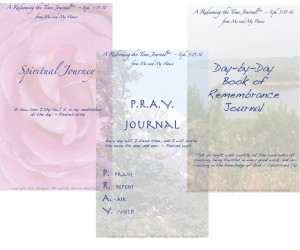Freedom & Simplicity™ for Youth: HomeSchool HighSchool from Planning to Transcript
Homeschool High School is not as daunting as many think. You can continue just as you have in the younger years, with just more focused study and a bit more documentation. It just takes a little bit of planning. 5 easy steps will take you from planning to transcript.
1) Determine requirements.
How many credits are needed to graduate?
What specific areas are credits required in? How many each?
Make a chart of these required classes/subjects, as well as Electives your student chooses, along with their total credits needed.
2) Determine courses that will make up those credits.
What year or years will those courses be worked on/completed?
Chart the courses (components of the subjects) that will make up the total credits for each subject, and the objective of each course.
3) Determine assignments necessary to complete the courses, and meet the objectives.
Will it be a certain textbook and tests? Certain reading books and essays? Certain “real life” experience?
Chart a list of required assignments to complete each course. This doesn’t have to be done ahead of time. You can chart assignments done, and when they’ve met the objective, the credit is earned.
4) Decide how grades will be determined.
If tests and daily assignments are part of the course, will they be weighted or all averaged together? If reading books, essays, and real life experiences are used, what criteria will determine the grade given? Let the student know how their grade will be determined.
5) Write the transcript.
Transfer the classes and grades into a laid out format. Average the grades together for a GPA. Sign it as the administrator of your “school”, and you’re done!
Forms for these and far more information in Freedom & Simplicity™ for Youth: HomeSchool HighSchool from Planning to Transcript – a Me and My House Exclusive Resource.












